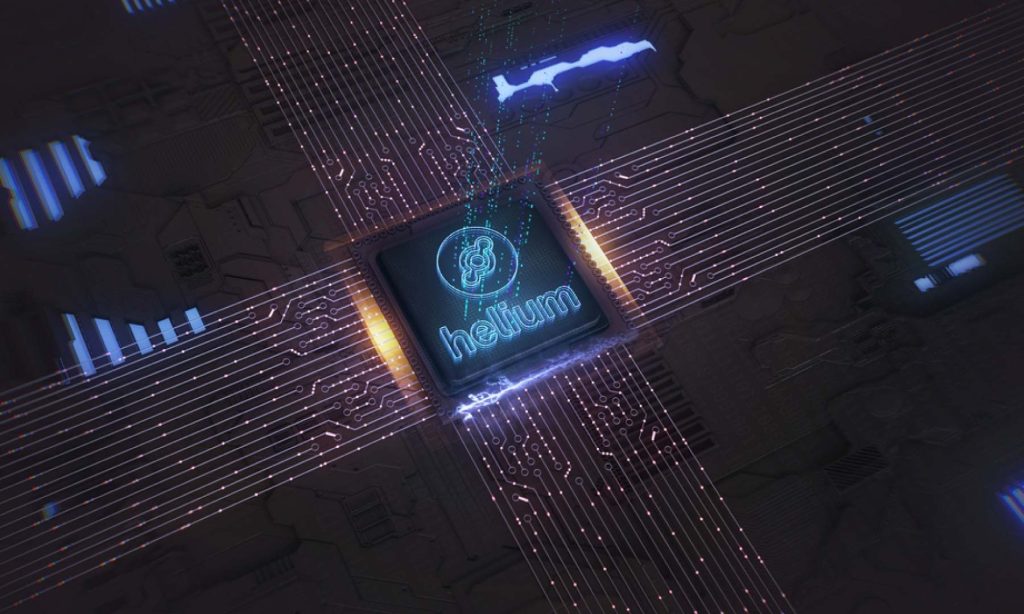The developers behind Helium have proposed to move the blockchain-powered wireless network to Solana’s blockchain, with the aim of improving Helium’s operations.
HIP 70 is the title of the proposal by the developer team. The proposal was announced via Helium Foundation’s blog post on 31 August.
What does this mean for Helium and for us?
The core developer team, according to the post, is proposing that the Proof of Coverage (PoC) and Data Transfer Accounting be moved to oracles. Oracles are bridges that help blockchains like Helium connect to these real-world data and events that they cannot connect to on their own. The move thus brings the blockchain and the world closer to the Internet of Things vision of connecting computing devices, machines, objects, animals, and people to the Internet without requiring human-to-human or human-to-computer interaction.
This development is likely to prove to be an interesting venture for the entire blockchain ecosystem.
The proposed partnership will also benefit both of the decentralized networks involved. Helium will be able to significantly improve operational efficiency and scalability through Solana’s vast range of composable developer tools, features, and applications. At the same time, Solana (SOL) can grow its utility and adoption with Helium’s volume. In addition, if the partnership does work out, Helium-based HNT, IOT, and MOBILE tokens and Data Credits (DCs) would also be transferred to the Solana blockchain.
The deciding factor: Helium community
The developers have left the final decision to the Helium community. The HIP 70 vote will start on 12 September and will go on till 18 September 2022.
So far, the Helium community has registered mixed responses to the transition. Some view the venture with positive sentiment, as they believe that the integration into Solana will benefit developers tremendously. But there are others who have expressed dissatisfaction with Helium’s decision, claiming that Solana is inefficient.
FAQs
Will Helium become Solana?
There has been no indication that Helium is planning to transition into or merge with Solana. However, the cryptocurrency and blockchain space is dynamic, and developments can occur. It’s essential to check the latest information and official announcements from both projects for the most up-to-date details on their respective plans and partnerships.
What happens to Helium HNT?
Helium (HNT) is the native cryptocurrency of the Helium blockchain, which is focused on building a decentralized wireless network for the Internet of Things (IoT) devices. Helium miners contribute to the network’s infrastructure by providing coverage and relaying data for IoT devices, and they are rewarded with HNT tokens for their efforts.
What are the benefits of building on the Solana blockchain?
It’s important to note that the blockchain space is dynamic, and technology evolves over time. Developers should consider their specific project requirements and goals when choosing a blockchain platform, as each platform has its unique strengths and trade-offs.
What blockchain does Helium run on?
The Helium Blockchain uses a unique consensus mechanism called Proof-of-Coverage (PoC). Proof-of-Coverage involves Helium miners deploying and maintaining hotspots, which provide wireless coverage and relay data for IoT devices. In return for their efforts, miners are rewarded with Helium’s native cryptocurrency, HNT (Helium Network Token).








